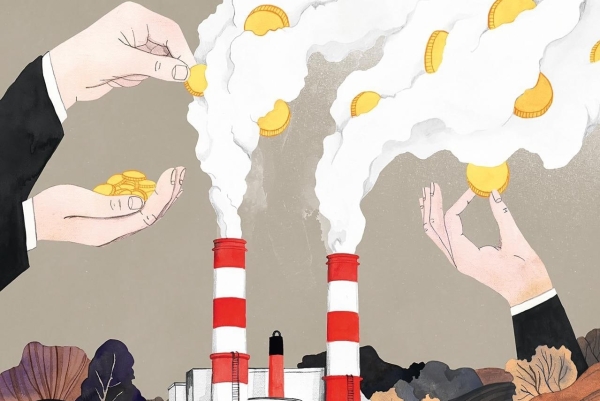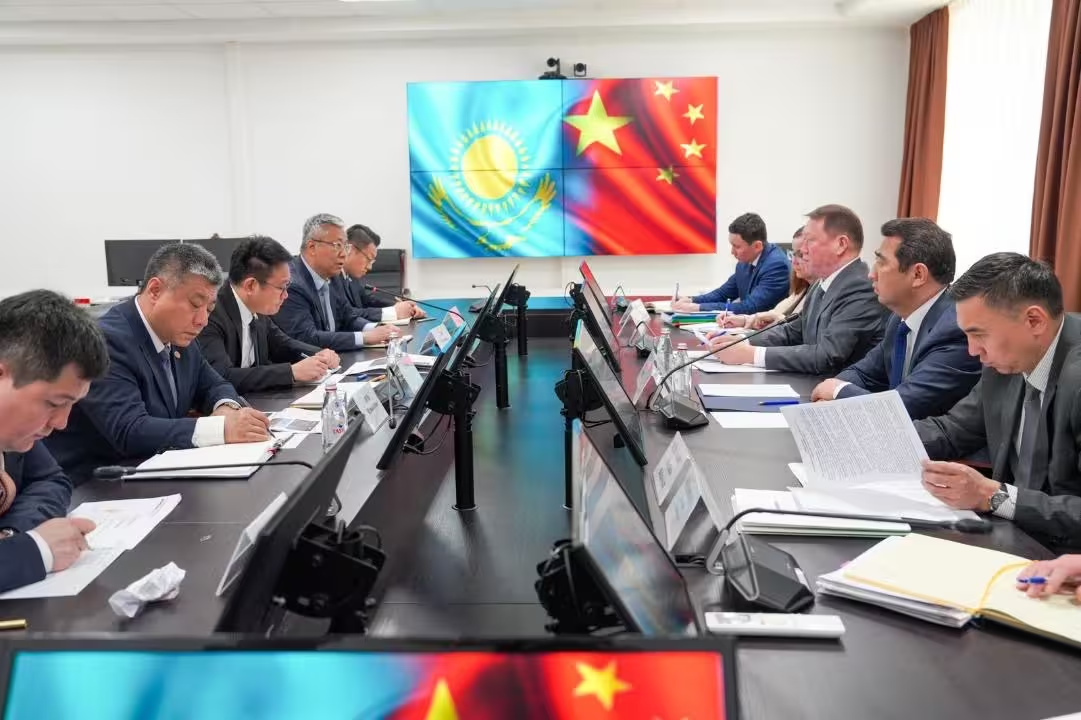
As climate change accelerates and glaciers melt across Central Asia, Tajikistan is exploring an unexpected revenue stream—carbon trading. The country is eyeing the global carbon market as a potential tool to combat environmental challenges while attracting much-needed international investment.
The idea of establishing a carbon market has gained momentum amid growing recognition that Tajikistan, despite its small carbon footprint, could earn millions by selling carbon credits from its renewable energy and forestry projects.
Carbon markets are trading systems in which carbon credits are sold and bought. Companies or individuals can use carbon markets to compensate for their greenhouse gas emissions by purchasing carbon credits from entities that remove or reduce greenhouse gas emissions.
A carbon market for Tajikistan: potential and obstacles
Tajikistan’s green ambitions are ambitious—and expensive. According to the World Bank’s Climate and Development Report, the country needs up to US$96 billion to meet its long-term climate goals. That includes US$34 billion by 2030 and an additional US$45 billion through 2050 to develop sustainable energy systems, infrastructure, and environmental programs.
With domestic resources stretched thin, carbon markets offer a lifeline. By certifying and selling carbon credits from low-emission projects, Tajikistan could tap into a growing pool of international climate finance.
Ms. Muazama Burhanova, director of the Dastgiri-Center Foundation says carbon credits could help regulate emissions while providing an economically viable tool in the fight against climate change.
However, she notes that Tajikistan currently lacks a national system for monitoring, reporting, and verifying CO₂ emissions—a key requirement for a formal carbon market.
Expert opinions: what's needed to launch the market
Experts agree that concrete steps are needed to develop a carbon market. At the COP29 climate conference in Baku, Tajikistan’s Energy and Water Resources Minister Daler Juma called for a fourfold increase in climate financing for developing countries, stating that even a global US$300 billion commitment by 2035 would fall short of what’s needed.
Experts warn that Tajikistan’s industrial base may be too small to sustain a domestic emissions trading system. Only a handful of facilities—such as TALCO and the Dushanbe Combined Heat and Power (CHP) Plant-1 and CHP Plant-2—could be subject to carbon quotas.
“That’s not enough to form a functioning carbon market,” said Vadim Ni, head of Kazakhstan’s Social and Environmental Fund.
Still, these facilities could begin participating in voluntary carbon markets, which allow projects like hydropower plants and forestry initiatives to earn credits for reducing emissions. The Roghun Hydropower Plant, for example, could be certified under standards like the Verified Carbon Standard (VCS), allowing it to sell credits abroad.
Muazama Burhanova noted that forest-based carbon credits also hold promise. Scientific estimates show that one tree can absorb between 21 to 31 kilograms of CO₂ annually—meaning a single hectare of forest could offset several tons of emissions per year.
Opportunities and risks
Supporters of carbon trading say it offers significant upside. Tajikistan could use the revenue to fund solar or wind energy projects, improve water infrastructure, and create green jobs. It would also integrate the country into global carbon offset systems, allowing it to benefit from the emissions-heavy economies of the Global North.
But the risks are equally clear. Lack of technical expertise, institutional readiness, and business engagement could slow progress. There's also concern about the environmental impact of large hydropower projects, a mainstay of Tajikistan’s energy strategy.
“The continued use of coal and limited awareness among businesses are major barriers,” said Astkhine Pasoyan, Director of the Energy Saving Fund.
Another concern is the absence of infrastructure to monitor and verify CO₂ emissions. For a carbon market to work effectively, Tajikistan must build a reliable emissions tracking system and implement standards for carbon credit issuance.
Despite the challenges, the carbon market represents a rare chance for Tajikistan to turn its natural resources—notably clean energy and vast forests—into financial capital.
As the world races to meet climate targets, even small countries have a role to play. For Tajikistan, success could mean transforming “thin air” into hard currency—and a greener future.
Legislative groundwork for carbon regulation may be laid as early as 2025. The International Monetary Fund and the World Bank are supporting the development of Tajikistan’s first CO₂ laws, which could open the door to more structured participation in global markets.




